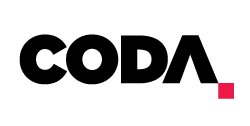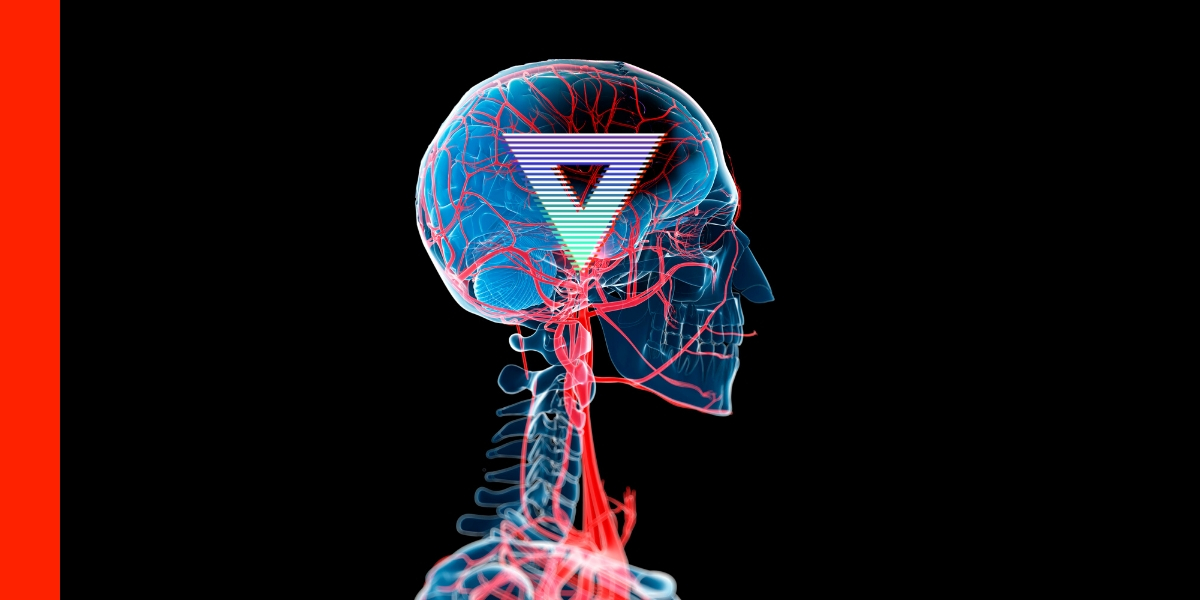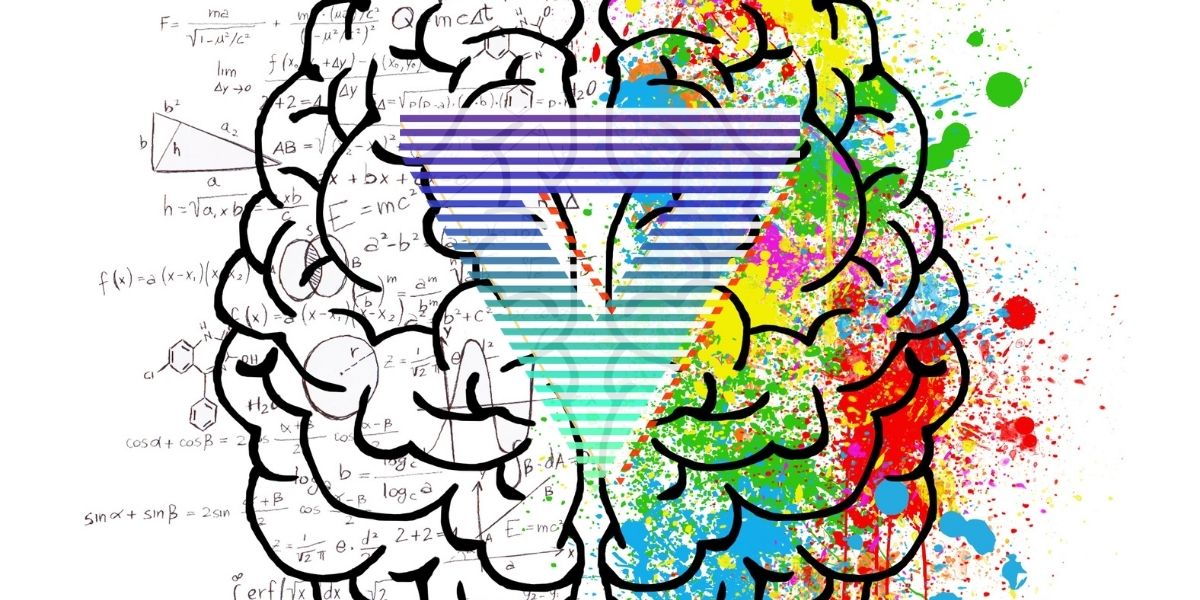Emergency management of agitation by Reuben Strayer
Rueben Strayer provides a masterclass in droperidol for emergency management of agitation.
He discusses sedation in three patient groups.
1. Agitated but cooperative
If the patient is agitated but cooperative there is no concern for a dangerous condition. They respond well to some company and a sandwich. Drug therapy in this group is relatively straightforward.
2. Disruptive without danger
You can converse and engage with this group; however, they are not responsive to suggestion. They are loud and disruptive and need to be sedated.
You can do a history and exam and be fairly confident that there is no dangerous underlying condition. There is no threat to themselves or others. You can manage them by observation in an unmonitored bed. So, you can sacrifice speed of sedation to ensure safety.
Simple and well worn, tried and tested methods of mixed medical sedation are fine in this situation. And Reuben stresses this… it is fine. To be better than fine, consider a single agent – droperidol.
Droperidol is the most effective and safest agent for undifferentiated agitation. If droperidol is unavailable the next best choice is midazolam intramuscularly. Be careful. Dosage is trickier in this situation. You need to monitor for respiratory depression and be prepared to manage it.
It works quickly but has a narrow therapeutic window. As such, for unmonitored patients, Reuben combines drugs to get away with smaller doses. Listen in to learn how!
3. Excited delirium
This patient is rare. But this is a dangerous situation. A few clues are the patients who are thrashing, angry and incoherent. They may have a fluctuating level of consciousness. Have a low threshold if you are not sure – err on the side of caution and treat as excited delirium.
How do you treat this person? Five strong people are needed (not including those administering care), one for each limb plus one at the head. Administer high flow oxygen via a mask immediately. Do not wait for sats or vitals. This stops spit and provides oxygen!
Get the patient out of dangerous positions such as the “hogtie” position and ensure no one is applying pressure to the chest or neck. Next chemical restraint – IM shot as soon as possible. This is as opposed to any mechanical restraints.
The priority is immediate control. This allows you time to properly assess and treat the patient whilst ensuring their safety and the safety of the treating team.
Join Reuben for a no nonsense run through of managing the agitated patient.
For more like this, head to our podcast page. #CodaPodcast
Reuben Strayer
Reuben Strayer was born on the shores of Lake Michigan but raised and schooled in Texas until emigrating to balmy Montreal for a residency in emergency medicine and is now based in New York City. His clinical areas of interest include airway management, analgesia, opioid misuse, procedural sedation, agitation, decision-making and error. His extra-clinical areas of interest include sweeping generalizations and jalapeno peppers. He lures himself out of bed with chocolate dipped in peanut butter before heading to Maimonides Medical Center, in Brooklyn, where he is happily employed.





